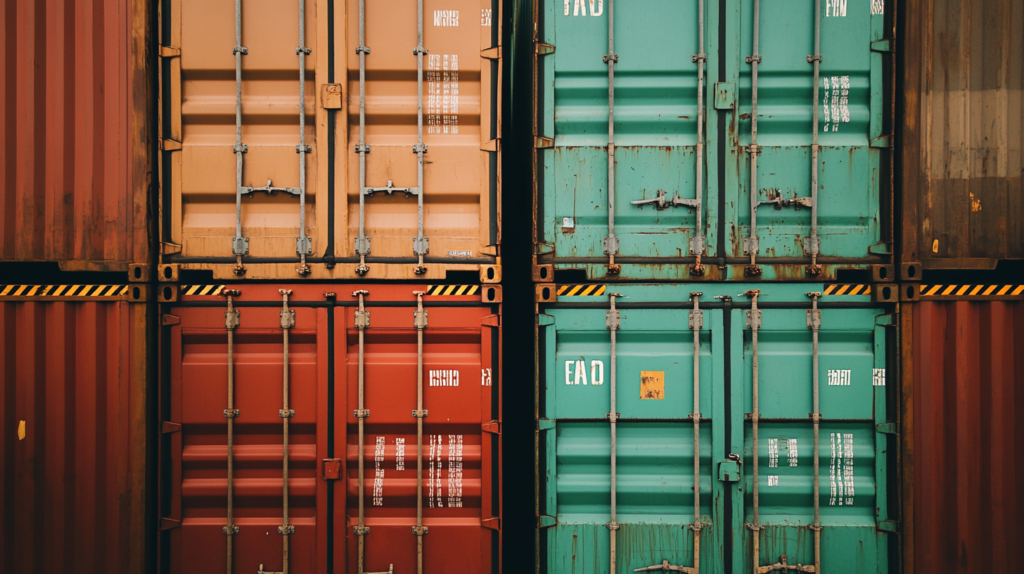Understanding Free Trade Agreements and Their Impact on Your Import-Export Business

Free Trade Agreements (FTAs) are vital tools in international trade, offering businesses opportunities to reduce costs and expand their market reach. However, understanding how to navigate and leverage these agreements can be complex. This blog aims to demystify FTAs, explore key examples, and explain how businesses can harness their benefits to transform import-export operations.

What Are Free Trade Agreements (FTAs)?
Treaties known as free trade agreements are made between two or more nations with the goal of lowering trade restrictions, including export limitations, import quotas, and tariffs. By eliminating or reducing these barriers, FTAs facilitate smoother and more cost-effective trade between member countries.
Key features of FTAs include:
- Tariff Reductions: Lower or eliminate customs duties on goods traded between the member countries.
- Market Access: Improve access by reducing non-tariff barriers, such as import quotas and regulations.
- Investment Protections: Offer legal protection for businesses and investments in foreign markets.
FTAs promote economic growth, enhance trade relationships, and create a more competitive business environment.
Key FTAs Around the World: Examples and Significance
Major FTAs have reshaped global trade dynamics, offering businesses various opportunities and benefits. Here are some notable examples:
NAFTA (Now USMCA)
The United States-Mexico-Canada Agreement (USMCA), which replaced the North American Free Trade Agreement (NAFTA), is one of the most significant free trade accords (FTAs). It facilitates free trade between the United States, Canada, and Mexico, offering lower tariffs and encouraging cross-border commerce.
European Union (EU) Free Trade Agreements
The EU has numerous FTAs with countries worldwide, which provide European businesses preferential access to global markets. These agreements help reduce trade barriers and harmonize regulations across countries.
ASEAN Free Trade Area (AFTA)
The Association of Southeast Asian Nations has published the ASEAN Free Trade Area as a trade union. It aims to promote local manufacturing and enhance ASEAN’s global competitiveness by eliminating trade barriers.
Understanding these and other FTAs can help businesses strategically enter new markets and optimize their import-export operations.
How FTAs Affect Your Import-Export Business
Free Trade Agreements have a direct impact on import-export businesses in several ways:
Cost Reduction
One of the most significant benefits of FTAs is reducing or eliminating tariffs on goods traded between member countries. This lowers import and export costs, making products more competitive in foreign markets.
Market Expansion
FTAs open up new markets by reducing trade barriers. Businesses can reach new customers and diversify their market base, reducing dependence on domestic markets and increasing growth potential.
Simplified Trade Procedures
FTAs often include provisions that simplify customs procedures, making it easier and faster to move goods across borders. In addition to lowering lead times, this can increase supply chain efficiency.
Leveraging FTAs for Cost Reduction and Market Expansion
To fully capitalize on the benefits of FTAs, businesses must adopt strategic approaches. Here’s how importers and exporters can leverage FTAs:
Strategies to Maximize Savings with FTAs
- Understand Tariff Classifications: Properly classify your products under the Harmonized System (HS) to ensure they qualify for reduced tariffs under the relevant FTA.
- Optimize Supply Chains: Purchase goods from FTA participating nations to benefit from reduced tariffs and enhance the effectiveness of the supply chain.
- Stay Informed: Keep up-to-date with changes in FTA regulations and requirements to maintain compliance and maximize benefits.
Navigating FTA Regulations: Compliance and Risk Management
While FTAs offer numerous advantages but have specific rules and compliance requirements. Non-compliance can result in penalties and the loss of FTA benefits. Here’s how to navigate these complexities:
- Rule of Origin: Ensure your goods meet the rules of origin requirements to qualify for preferential treatment under an FTA.
- Documentation: Maintain accurate and complete documentation, such as certificates of origin, to verify compliance with FTA terms.
- Risk Management: Regularly review and manage risks associated with FTA use, including regulation changes and market conditions.
Big Sweet’s Expertise in Navigating Free Trade Agreements
At Big Sweet, we specialize in helping businesses navigate the complexities of Free Trade Agreements. Our team offers tailored solutions to ensure you can maximize the benefits of FTAs while minimizing compliance risks. Here’s how we support your import-export business:
How Big Sweet Can Help You Make the Most of FTAs
- FTA Compliance Support: To ensure seamless cross-border operations, we assist you in comprehending and adhering to the laws of origin and other regulations.
- Cost Optimization: Our expertise in international trade policy allows us to identify cost-saving opportunities through strategic sourcing and tariff classification.
- Market Expansion Strategies: We guide businesses in leveraging FTAs to expand into new markets, enhancing their global competitiveness.
Conclusion
Free Trade Agreements are powerful tools for import-export businesses, offering opportunities to reduce costs, streamline operations, and expand market reach. However, to fully realize these benefits, companies must understand and navigate the complexities of FTAs effectively. With expert guidance from Big Sweet, you can leverage FTAs to optimize your international trade operations and drive business growth.
Big Sweet offers expert guidance on leveraging Free Trade Agreements to optimize import-export operations.
Big Sweet CO.
Contact us today to learn how we can help you reduce costs and expand your market reach.
Follow us on Instagram!